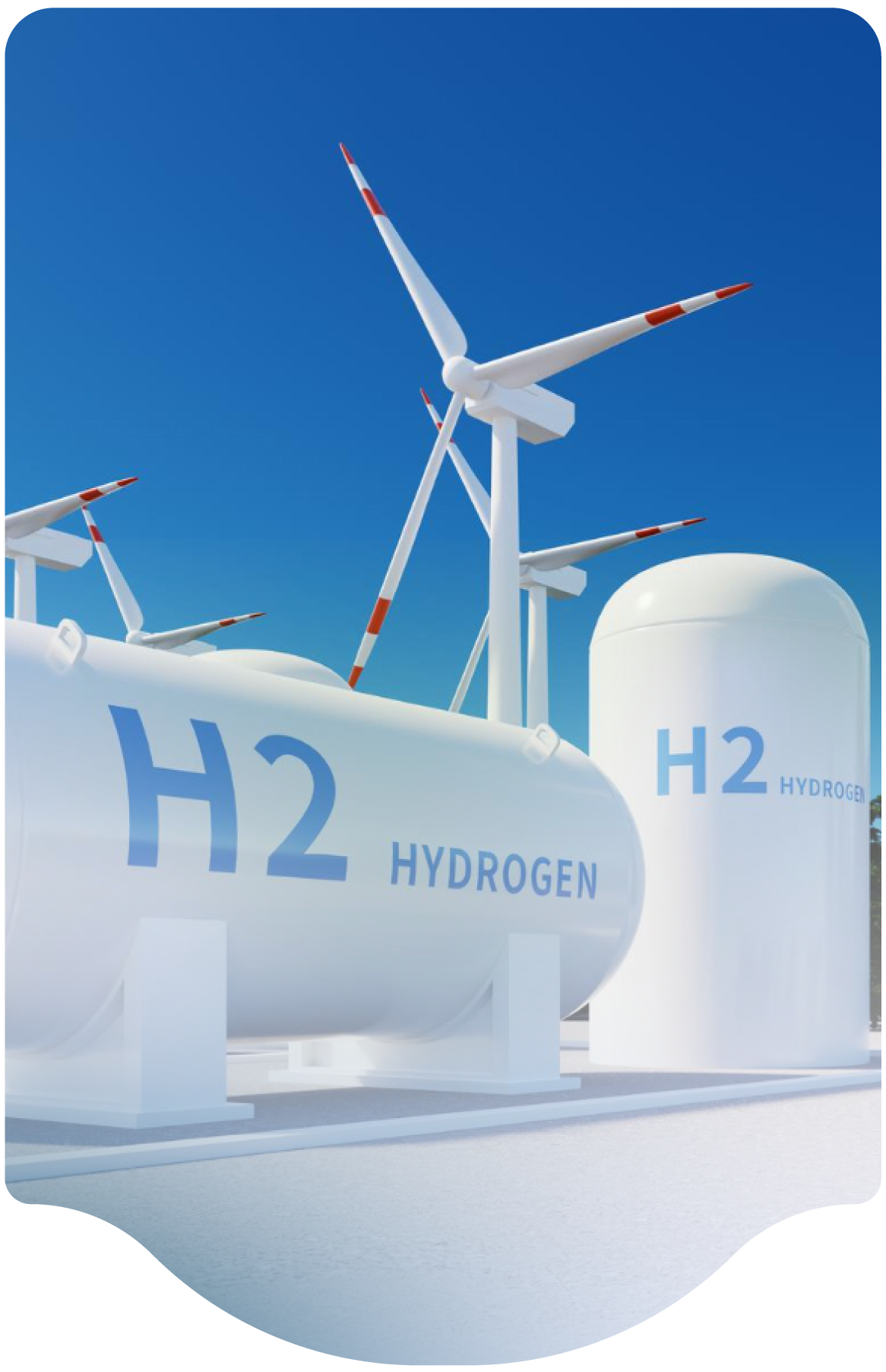- Home
-
Resources
- Center for Hydrogen Safety
- Hydrogen Fuel Cell Codes and Standards
- Learnings & Guidance
- Paper & References
- Web-based Toolkits
- Workforce Development

- Contact
- About H2Tools
- Welcome to the Hydrogen Tools Portal
- helpdesk@h2tools.org
FAQ
Frequently Asked Questions
Question & Answer
Category
Properties, Site Planning
- 29 results found
- Clear All
A pressure of 600 kPa (87 psi) is relatively moderate, so the combustion properties are similar to those at atmospheric pressure where the autoignition temperature of hydrogen is 585°C.
Category: Properties
Keywords: Properties, Auto-Ignition, Flammability
H2-air flammability limits vary with temperature . The H2-air lower flammability limit is virtually the same as the H2-O2 lower limit. However, the H2-O2 upper flammability limit increases substantially to about 95% at room temperature and gets even higher at elevated temperatures.
…Category: Properties
Keywords: Properties, Flammability, Oxygen, Pressure, Temperature
Each system should be evaluated for exposure of equipment to jet fires. The design team should develop
a plan to mitigate exposure as part of the hazard analysis. Fire barriers, walls, enclosures, and insulation
systems are frequently installed to meet code requirements where separation distances are not
sufficient or where the probability of exposure to a jet fire is high. Barriers…
Category: Site Planning
Keywords: Fire Protection, Jet Fire, Fire Barriers, Hazards Analysis
Codes and standards to address issues like this one are under development, along with applied research and field trials. As with any new application, appropriate codes and standards must be developed to meet public risk targets.
Category: Site Planning
Keywords: Heating, Explosion, Setback Distance
Systems should be sited in accordance with national and local standards such as NFPA 2, Hydrogen
Technologies Code. The nature of a trailer filling operation is not much different than a vehicle fueling
station, so the hazards are comparable and similar safeguards such as walls and sensors will apply. These
facilities might be larger and industrial standards and regulations will also…
Category: Site Planning
Keywords: NFPA 2
Exposure between these products is bidirectional. A hazard analysis should consider what happens to
alternate fueling equipment if an incident with one of the fuels occurs. Care must be taken to have the
appropriate separation distance and mitigations according to the applicable codes. Limited experience
with existing stations has shown that these multi-fuel stations can be successful…
Category: Site Planning
Keywords: Multi-fuel Stations, Separation Distance
Each installation should be evaluated based on the results of a hazard analysis considering both of these
scenarios. Separation distances as listed in documents such as NFPA 2, Hydrogen Technologies Code, are
a minimum starting point but may need to be adjusted based on analysis. Recent work by NFPA 2 has
also included overpressure criteria, but the consequences can vary depending on…
Category: Site Planning
Keywords: Separation Distance, Overpressure, Jet Fire, NFPA 2
Most common odorants will contaminate fuel cells. Additionally, hydrogen's small molecule and high buoyancy make it challenging to find a compatible odorant. Research is being conducted on fuel cell compatible odorants, but there are none currently in use. Like liquefied natural gas, liquid hydrogen also can’t be odorized due to its cryogenic temperature.
Category: Properties
Documents such as NFPA 2, Hydrogen Technologies Code, and the International Fire Code have quantity thresholds that differentiate requirements for the design of systems and enclosures. However, even the smaller quantities present a hazard under specific conditions, especially for systems that have the potential to release hydrogen into a confined or unvented space. Good engineering judgement…
Category: Site Planning
Keywords: Safeguards, NFPA 2, Indoors
Dispersion and radiation analysis should be conducted to ensure that the hydrogen cloud will not interfere with the flight path of aircraft. In addition, there may be maximum height requirements due to airport requirements depending on the location of the stack.
Category: Site Planning
Keywords: Vent Stack, Airfield, Dispersion Analysis
We are professional and reliable provider since we offer customers the most powerful and beautiful themes. Besides, we always catch the latest technology and adapt to follow world’s new trends to deliver the best themes to the market.
Contact info
We are the leaders in the building industries and factories. We're word wide. We never give up on the challenges.
- 2 Queen Street,California, USA
- (+84) 04 123 456
- :Helpdesk@h2tools.org
